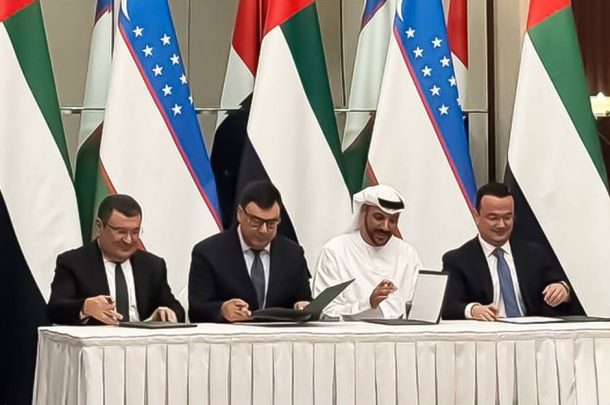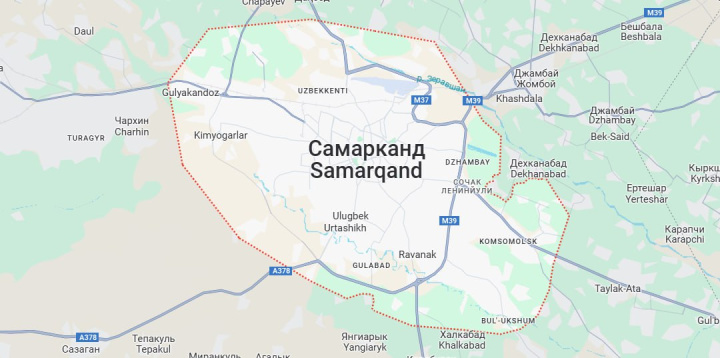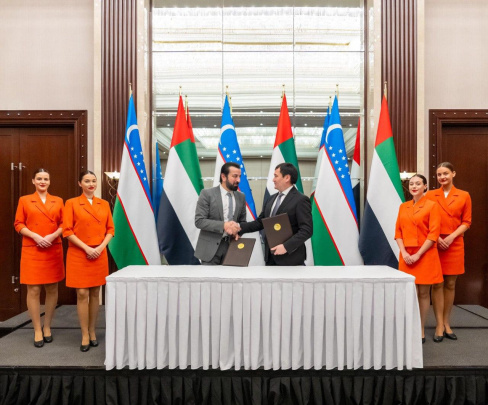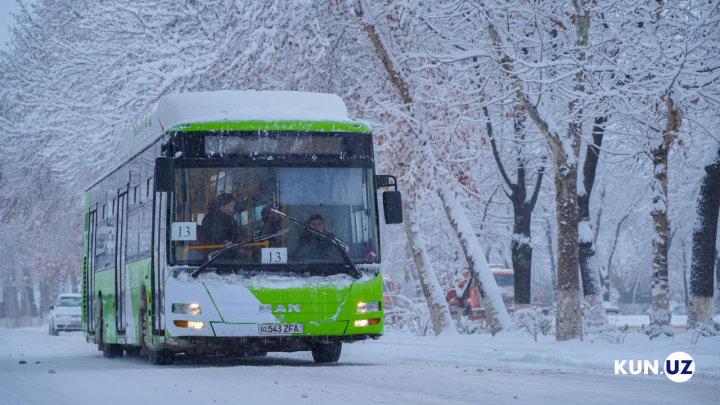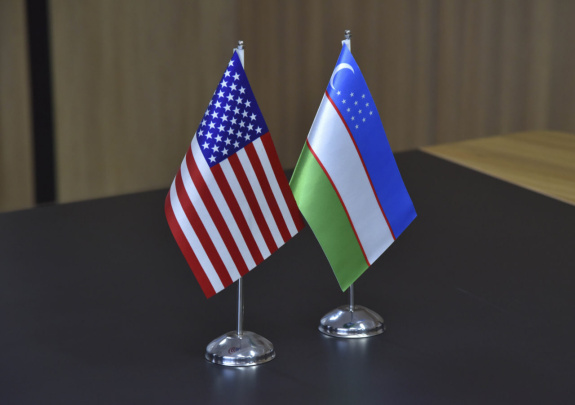From 2018 to 2023, cross-border remittances from labor migrants accounted for 16% of total household income. Their influx compensated for most of the trade balance deficit and was one of the main sources of supply in the foreign exchange market.
The CB notes the gradual geographical diversification of labor flows. Against the background of high volatility of the ruble exchange rate, increased inflation and a slight reduction in migration flows, the share of transfers from Russia in the total volume decreased from 87% in 2022 to 78% in 2023.
According to data from Russian government agencies, in the first half of 2023, 1.2 million work permits and patents were issued to Uzbekistani citizens, down by 12% year-on-year. The number of migration registrations of Uzbeks decreased by 43% - to 1.7 million.
However, the volume of remittances from other countries increased by 14% last year. An active labor migration policy and an increase in the number of countries with which cooperation is conducted in this direction may lead to changes in the structure of remittance inflows in the medium and long term, the report says.
In 2024, the Central Bank predicts an increase in the volume of cross-border transfers by 10-12% - up to $12-12.5 billion.
In January, the World Bank worsened its medium-term forecast for economic growth in Uzbekistan. Reasons include slowing growth in China and a decline in remittances from Russia, which could negatively impact Central Asia.
Last week, the president instructed the Ministry of Employment to train 100 thousand Uzbeks and send them to countries in Europe and Asia. Now only 6% of the planned labor migrants have been sent there.


